About
History of Albina
The I-5 Rose Quarter Improvement Project is located in the historic Albina neighborhood of Portland. As the heart of Portland's Black community, Albina's rich history is full of stories, people and culture that continue to shape the city as we know it today. In line with the values of this project, this page presents an overview of valuable and important moments throughout the history of Albina.
Introduction
The City of Albina was incorporated in 1887. Early European settlers included primarily Irish, German and Scandinavian immigrants. Once Albina merged with Portland in 1891, it became the city's industrial hub and home for a growing number of immigrant families to settle and find work. Because of Oregon's state constitution "exclusion law," which prohibited Black people from entering or residing in the state, few Black residents lived in Portland during this time.
Although the exclusion clause remained in the constitution until 1926, there was a small population of Black residents in Portland who primarily worked in the rail and service industries. Many settled near the Union Pacific Railroad station, or in NW Portland near the Golden West Hotel. The Great Depression forced many to start building a tight-knit community in lower Albina, which is now known as the Lloyd, Eliot and Boise neighborhoods.
Racist housing practices contributed to the Black community calling Albina home;
for example, in 1919, the Portland Realty Board mandated that real estate agents not sell property to Black or Asian populations in "white neighborhoods," leaving them few other options outside Albina. This mandate wasn't changed until 1956.
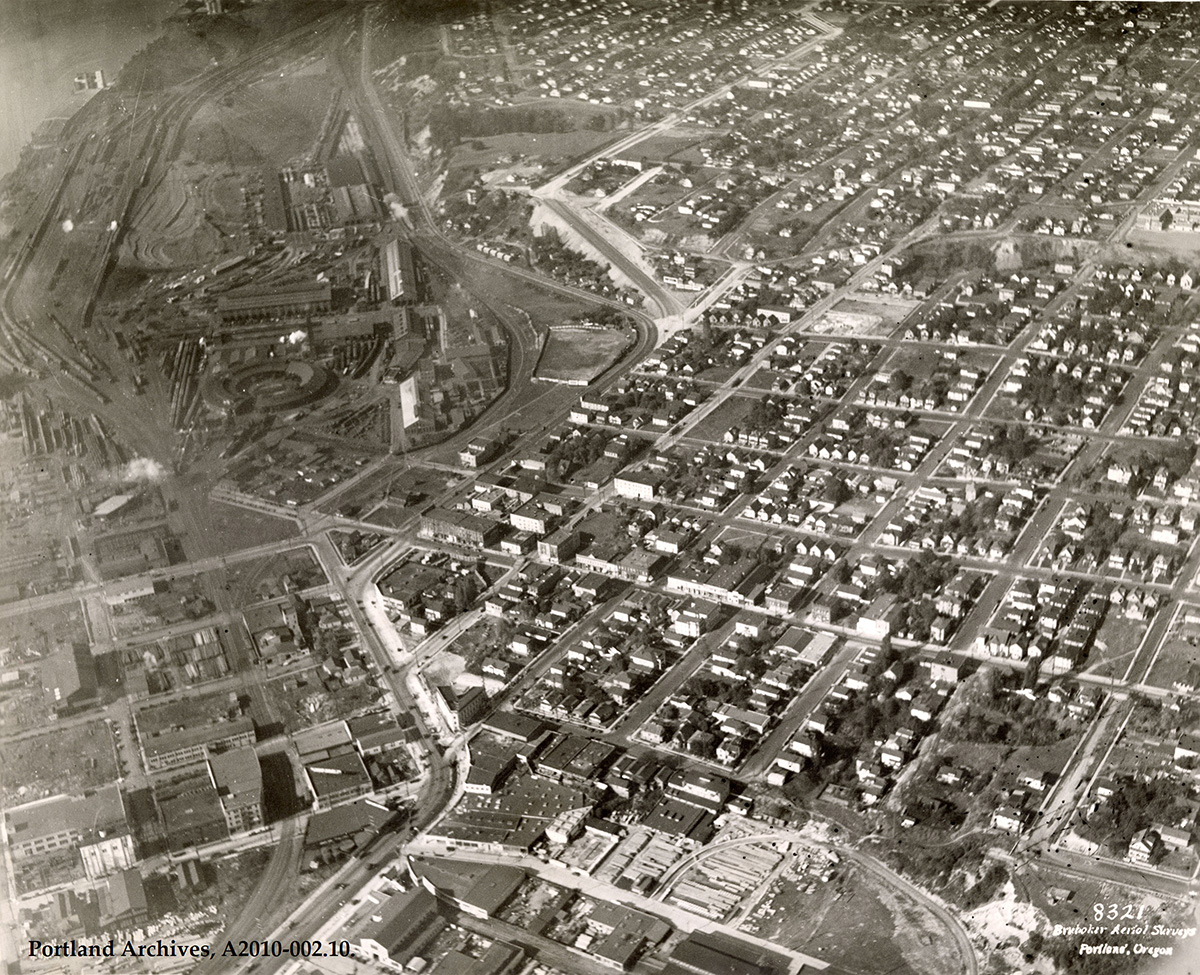
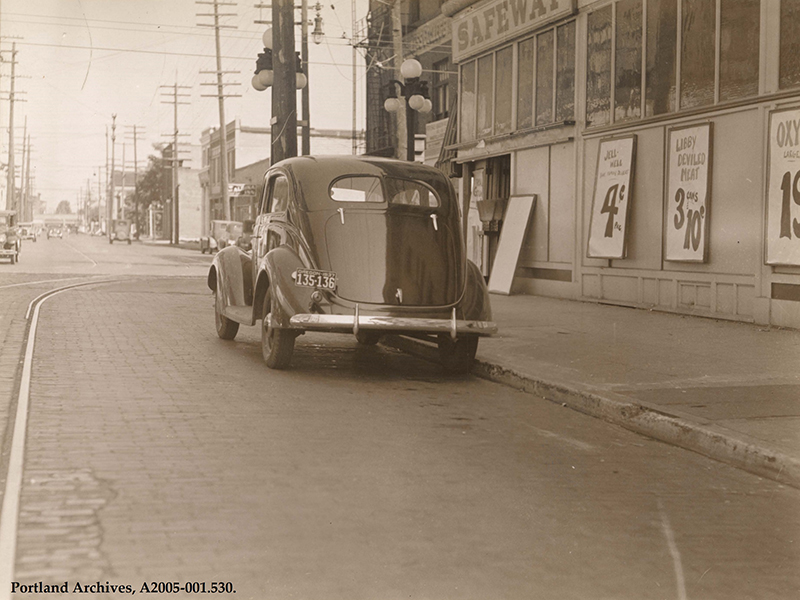

World War II Era
Due to a labor shortage brought on by World War II, many Black workers and their families moved to the area from across the country to build ships in Henry Kaiser's shipyards.
The same racist housing practices established decades before, in addition to New Deal-era redlining, prevented those families from moving into other Portland neighborhoods - Albina was the only place they were allowed to settle.
The sheer number of new residents coming to work in the shipyards quickly outgrew housing capacity. In response, in 1942 Henry Kaiser built Vanport in a floodplain between Vancouver and Portland as a temporary housing solution, making it the second largest city in the state.
Civil rights groups such as the Urban League of Portland , which still serves Portland today, were established during this decade. Social services could be found at community centers like the Billy Webb Elks Lodge, formerly a YWCA and a USO center providing live entertainment to soldiers during the war.


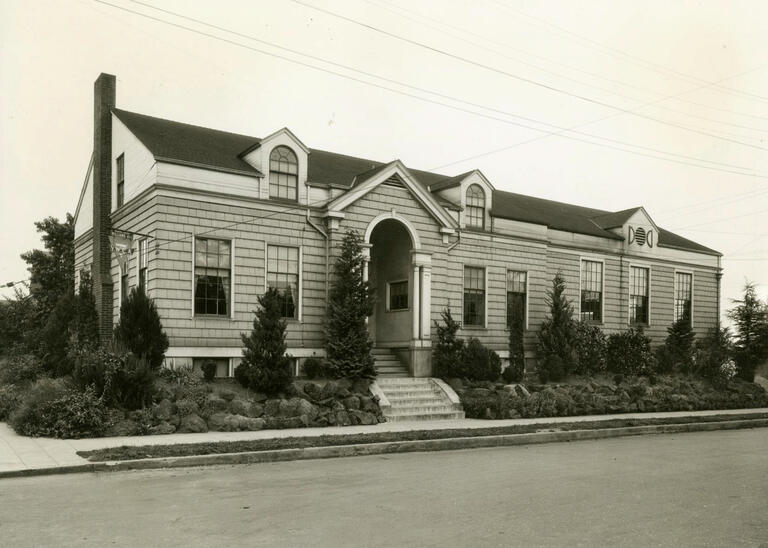
Jumptown
The concentration of Black workers and families in Albina cultivated a booming music scene for jazz, blues and gospel artists in the 1940s and 50s, inspiring the nickname "Jumptown."
During the height of the Jumptown era, many musical greats performed at neighborhood clubs like the Dude Ranch, Jackie's and the Savoy.
Music in those decades led to newer genres like soul, funk, disco and R&B years later. Black-owned music venues such as the Upstairs Lounge and Cotton Club continued supporting local musicians and hosting nationally renowned artists throughout the 70s and 80s. Remnants of Jumptown's musical influence are still found and felt throughout the city.
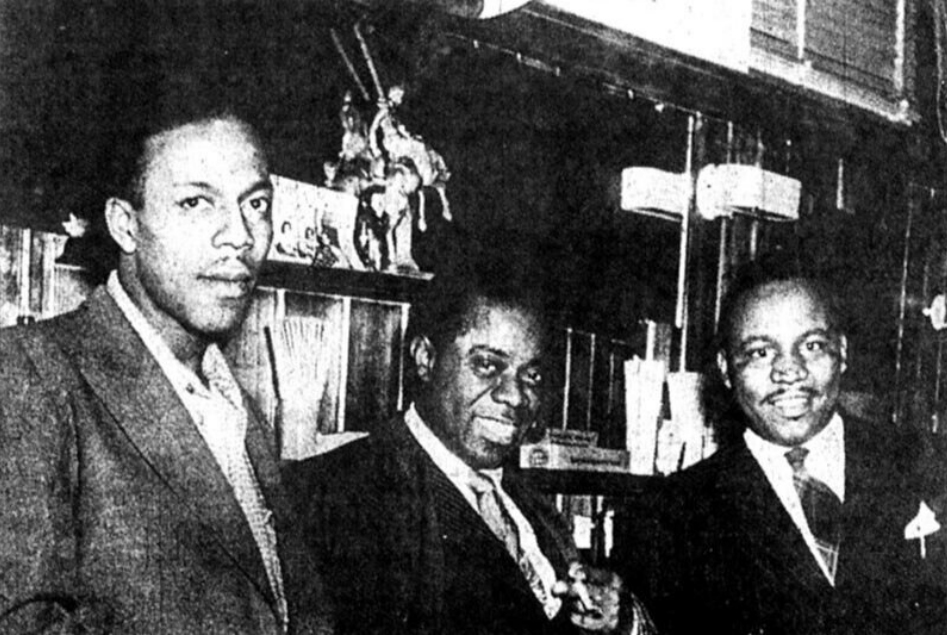
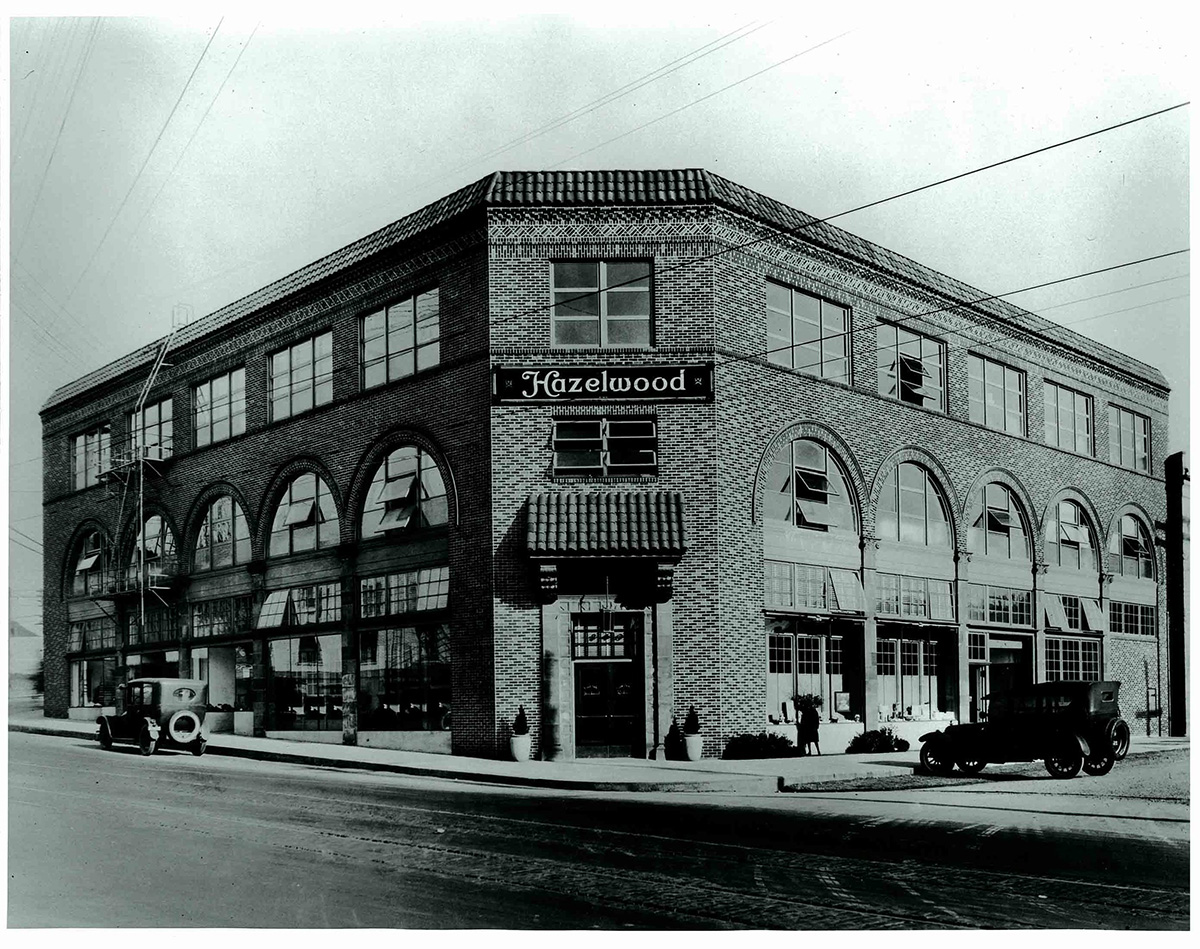

The Flood of 1948
On May 30, 1948, a major flood from the Columbia River wiped out Vanport in a single day. Over 18,000 residents were displaced; more than a third were Black.
Albina once again became a place of refuge for Black families, who had few housing options.
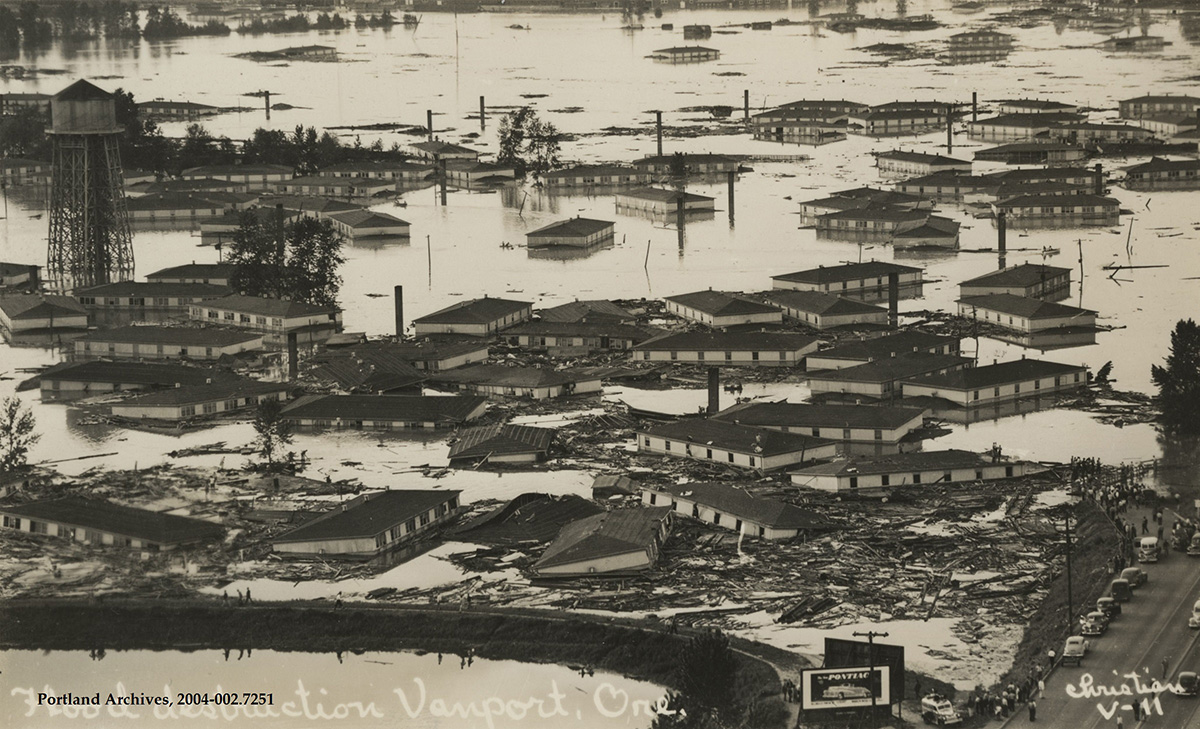
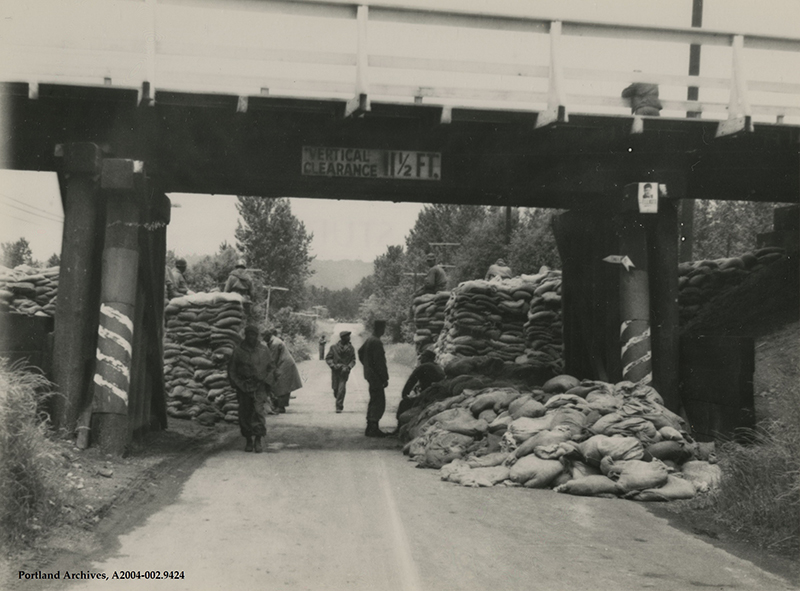
A Thriving Neighborhood
Following the war and the flood, a thriving Black community and business district emerged in Albina.
By the 1960s, four out of five Black Portlanders lived in Albina.
Black-owned businesses, community centers, houses of worship, arts and cultural spaces, and so much more were the foundation of the Black Albina community.


The Push for Civil Rights
Statewide laws encouraging job and housing opportunities for Black Oregonians passed in the 1950s thanks to the work of important civil rights groups like the local branch of the NAACP, which was well established in Portland by that time and remains the oldest branch west of the Mississippi.
Civil rights organizing increased throughout the 1960s and 70s, and spaces such as Dawson Park and Billy Webb Elks Lodge were at the center of this work. Established groups like the NAACP and newer groups like the Black Panthers focused on a variety of key societal issues, including education, housing, business development, law enforcement and media representation.
Similar to movements happening across the nation, younger generations and college student groups embraced new levels of activism and the Black identity. Portland State University was the first university in the Northwest to grant degrees in Black Studies due to the efforts of the Black Student Union. Growing tensions and frustration with police treatment in the community led to a series of protests and clashes, including the well-known 1967 Albina riot.
The closeness of the community and practices that kept Black activists from engaging in politics at the time gave rise to organized neighborhood groups, resulting in several independent, Black-run organizations in Albina.
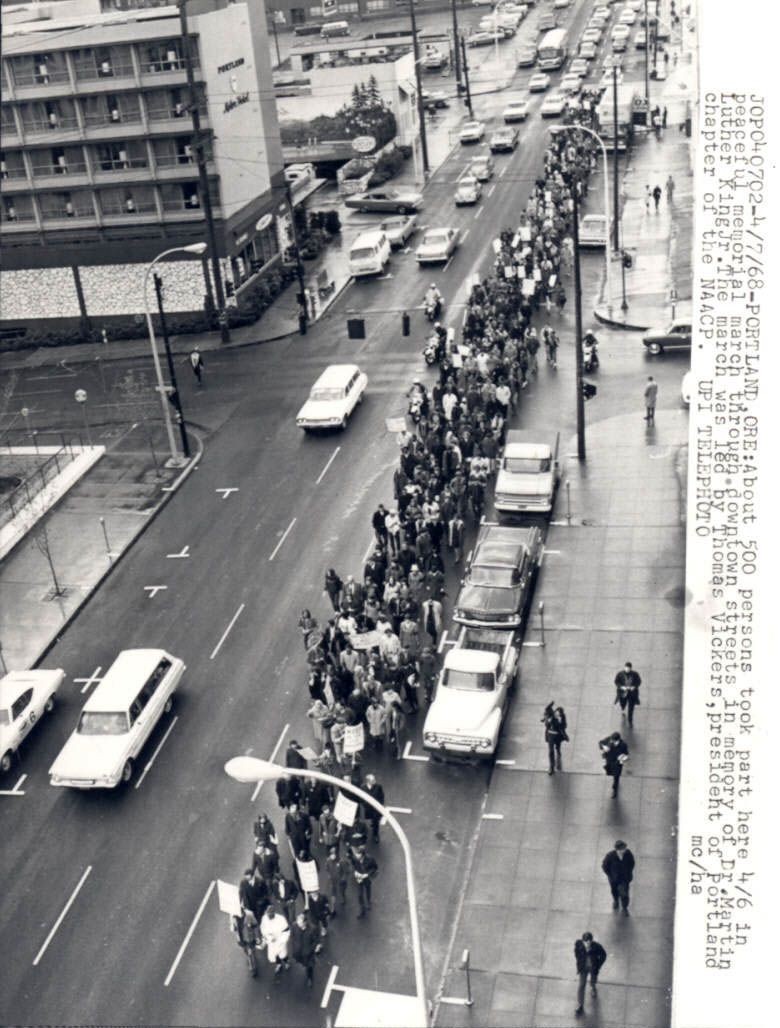

Urban Renewal and I-5 Construction
Construction of the Memorial Coliseum, along with a series of "urban renewal" projects including the construction of I-5 and the expansion of Emanuel Hospital, displaced hundreds of Black families and businesses and led to the dismantling of the Albina community well into the 1970s.
These actions caused deep and lasting harm and forced Black residents to move farther north and northeast of the neighborhood.
Black leaders banded together to resist these efforts. The Albina Neighborhood Improvement Project helped protect one area for housing north of NE Fremont Street and built the Denorval Unthank City Park. This group tried to expand their work and preserve more of Albina, but they were ultimately denied, and the demolition and construction continued.
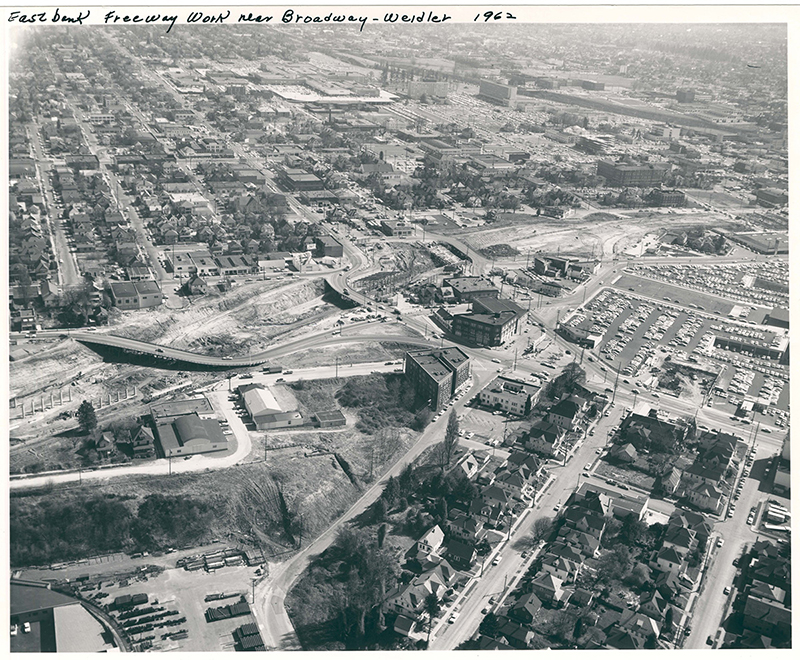
.jpg)

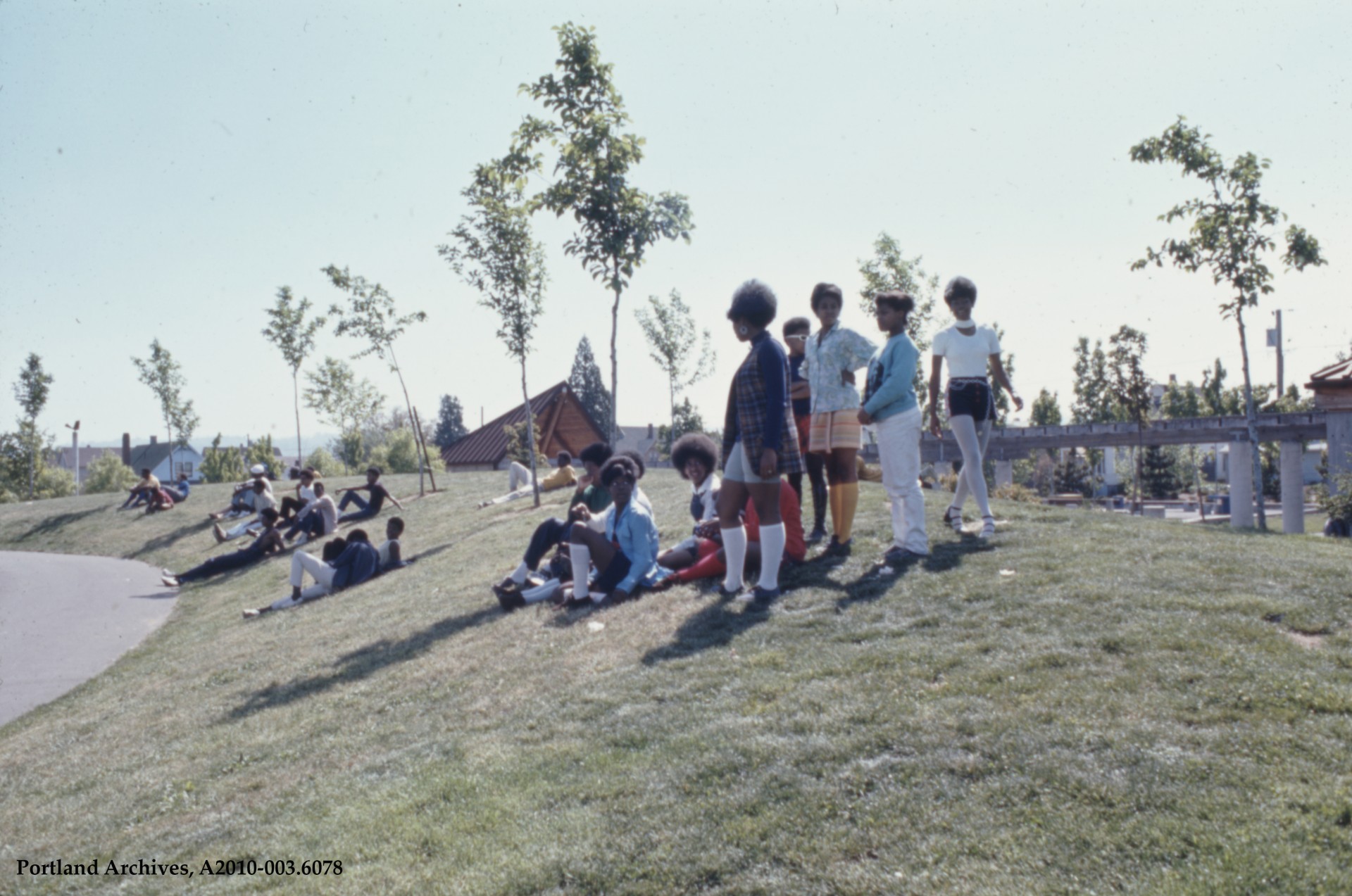
Disinvestment and Gentrification
By the 1980s, a combination of predatory bank lending practices, a failing economy and neglect by city leaders caused more people to move out of Albina. Homes and buildings were left vacant and abandoned.
Community members stayed active in their efforts to prevent crime and organize for education equity. The Black United Front played an important role in protesting the closure of Harriet Tubman Middle School in 1982, and in 1989, a committee successfully helped change the name of Union Avenue to Martin Luther King Jr. Blvd.
By the 1990s, neighborhood activists were urging city officials to help revitalize Albina, but the damage to the Black community had already been done.
A booming economy, improvement projects and affordable housing prices that were a result of the previous decade's foreclosures encouraged a surge in white residents. Albina was no longer a Black majority neighborhood.
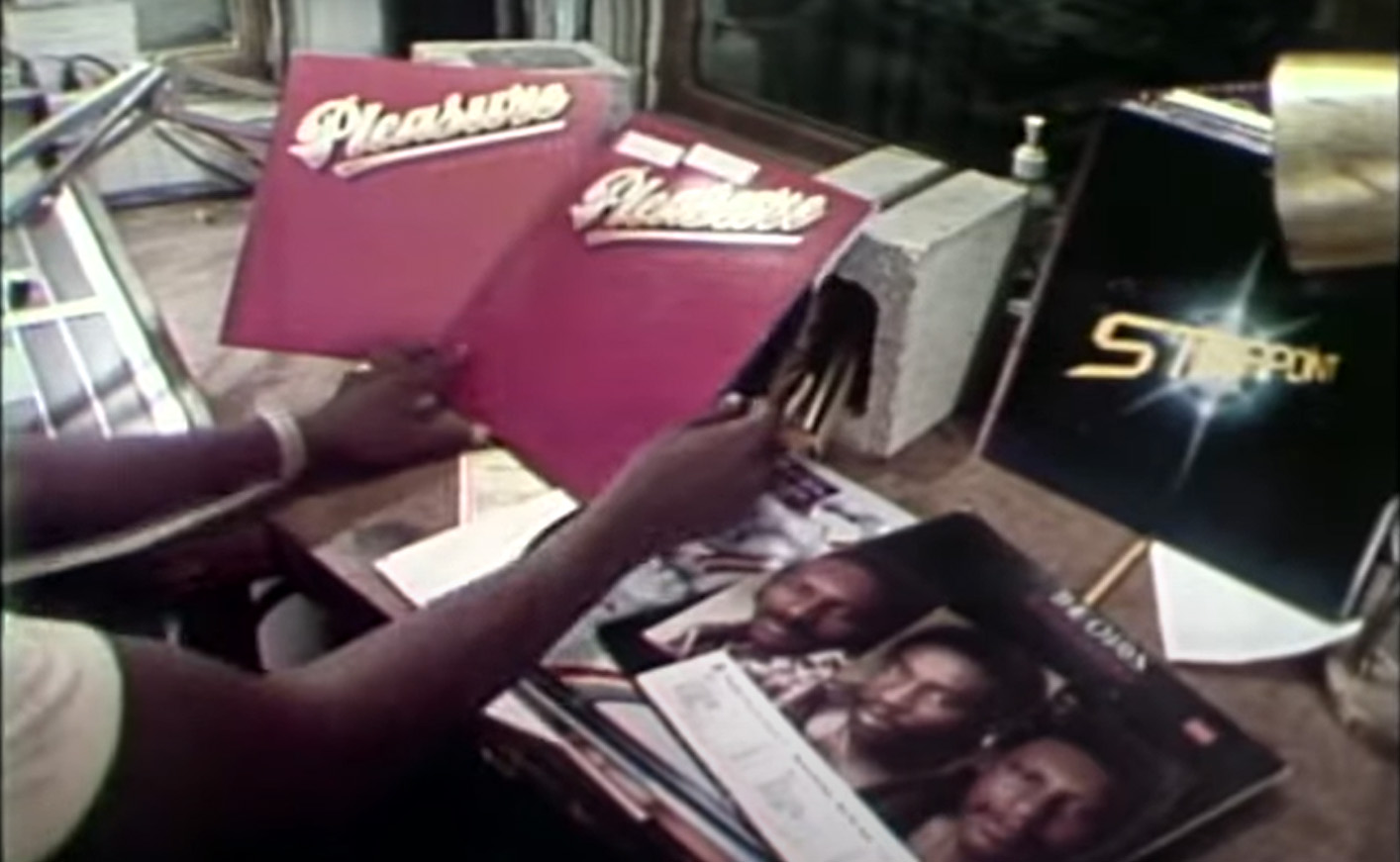
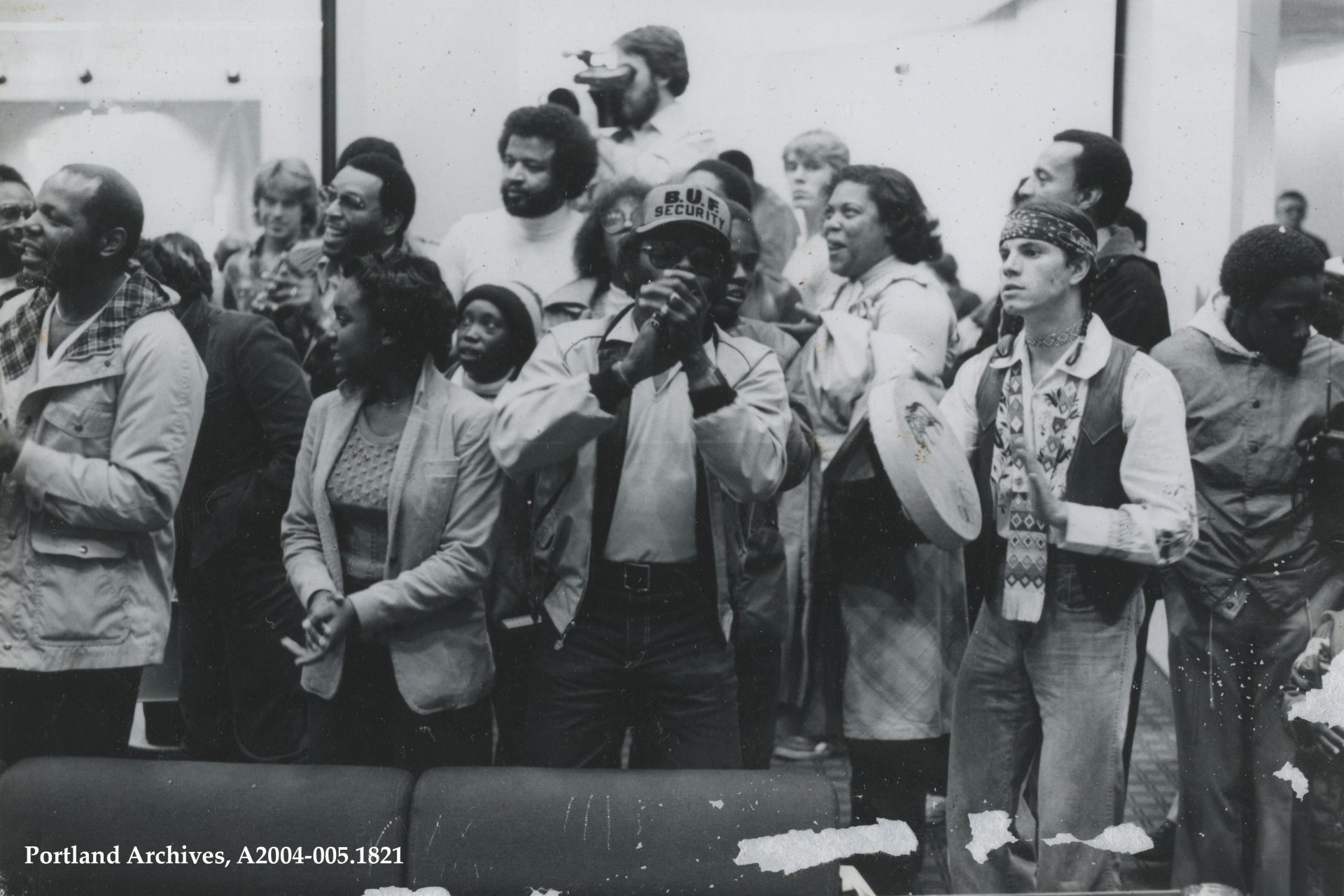

Albina Today
Portland's population has continued to grow, and this growth has resulted in further gentrification of the Albina neighborhood.
Still, Black Portlanders remain resilient and dedicated to rebuilding the neighborhood in a way that honors the past and creates a brighter future.
There are a number of reinvestment programs working to make this happen. A few of them are:
- Prosper Portland's Williams & Russell Project
- Portland Housing Bureau's Preference Policy
- Albina Vision Trust's AlbinaOne
- Venture Portland's Soul District
This page offers a glimpse into the rich and complex history of the Albina neighborhood. For additional history and resources, visit:

